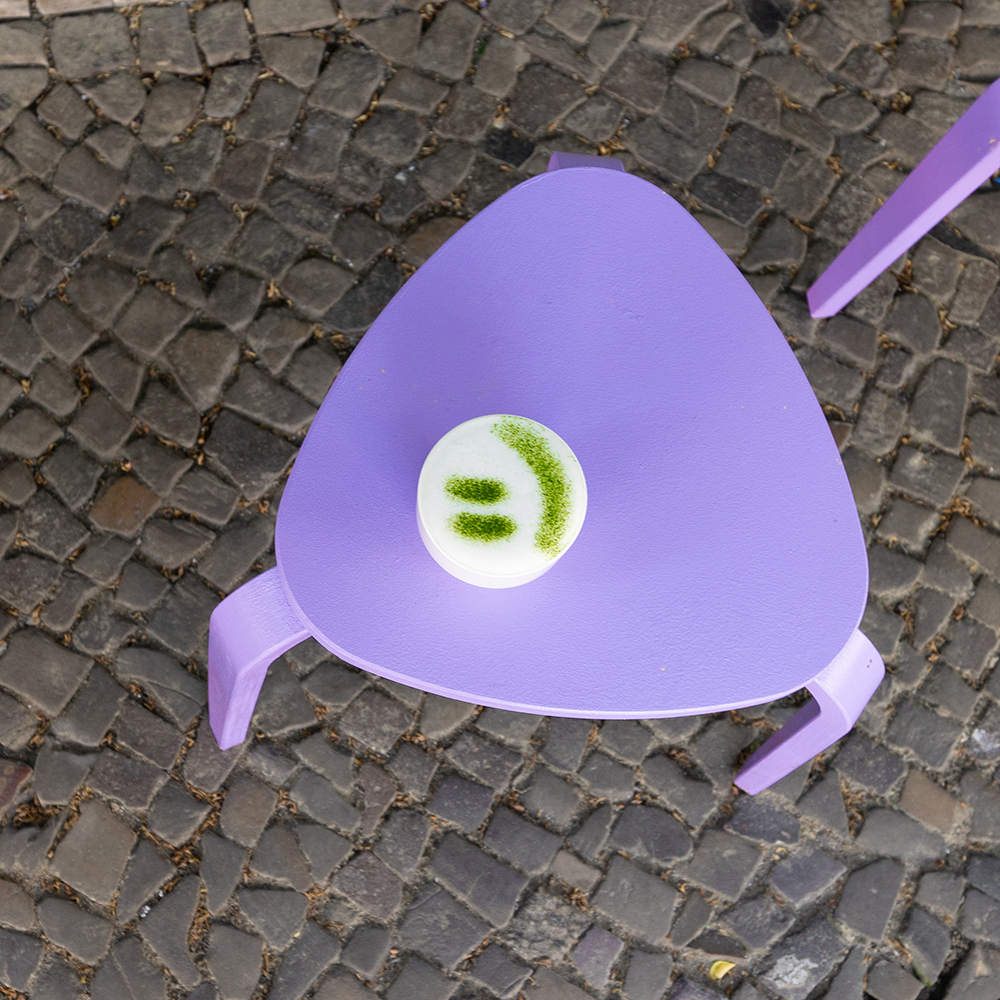

WHAT IT MEANS TO BE HAPPY
AND JUST LIKE THAT, GREEN BECAME MY FAVORITE COLOR.
Matcha has been around for centuries and was traditionally enjoyed by Zen monks for its valuable medicinal benefits, but also to keep them focused and awake during their long meditation sessions.
Matcha tea has a high level of L-theanine and amino acids. L-theanine has been shown to affect the release of dopamine and serotonin in the brain. The boost can help improve your mood and promote positive thinking.

Talking color
The color has to be vibrant green. If you buy your Matcha in a regular supermarket, it’s likely to be greyish-green, which is just not very recommendable. Great Matcha is shade-grown and first flush-picked. This makes the leaves super green and full of chlorophyll and allows for the best quality and taste.
Talking taste
You might have been tapped into the same trap I did, when I started my Matcha journey back in the days. I bought the most expensive, organic Matcha available in my favorite organic supermarket – and that weird fishy flavor kicked in pretty hard. Good Matcha doesn’t taste fishy at all. It’s more a creamy, sweet and slightly herbal taste experience – anything but fishy.

Talking price
Let’s be straight forward – Good Matcha is expensive and unfortunately can hardly be found in supermarkets. And here is why: The most delicious Matcha has got a quality level called “ceremonial grade”. Taste is important, but can’t stand alone. Organic farming, fair work environments and clean products are equally relevant. This is what makes high quality Matcha a superfood. It’s green gold.
Oh, and by the way. Green, as you all know, is famous for spreading hope, positivity, and happiness. And this is for real: Matcha makes you happy. It raises your serotonin and dopamine levels, just like after doing sports. An amazing feature in times like these.
